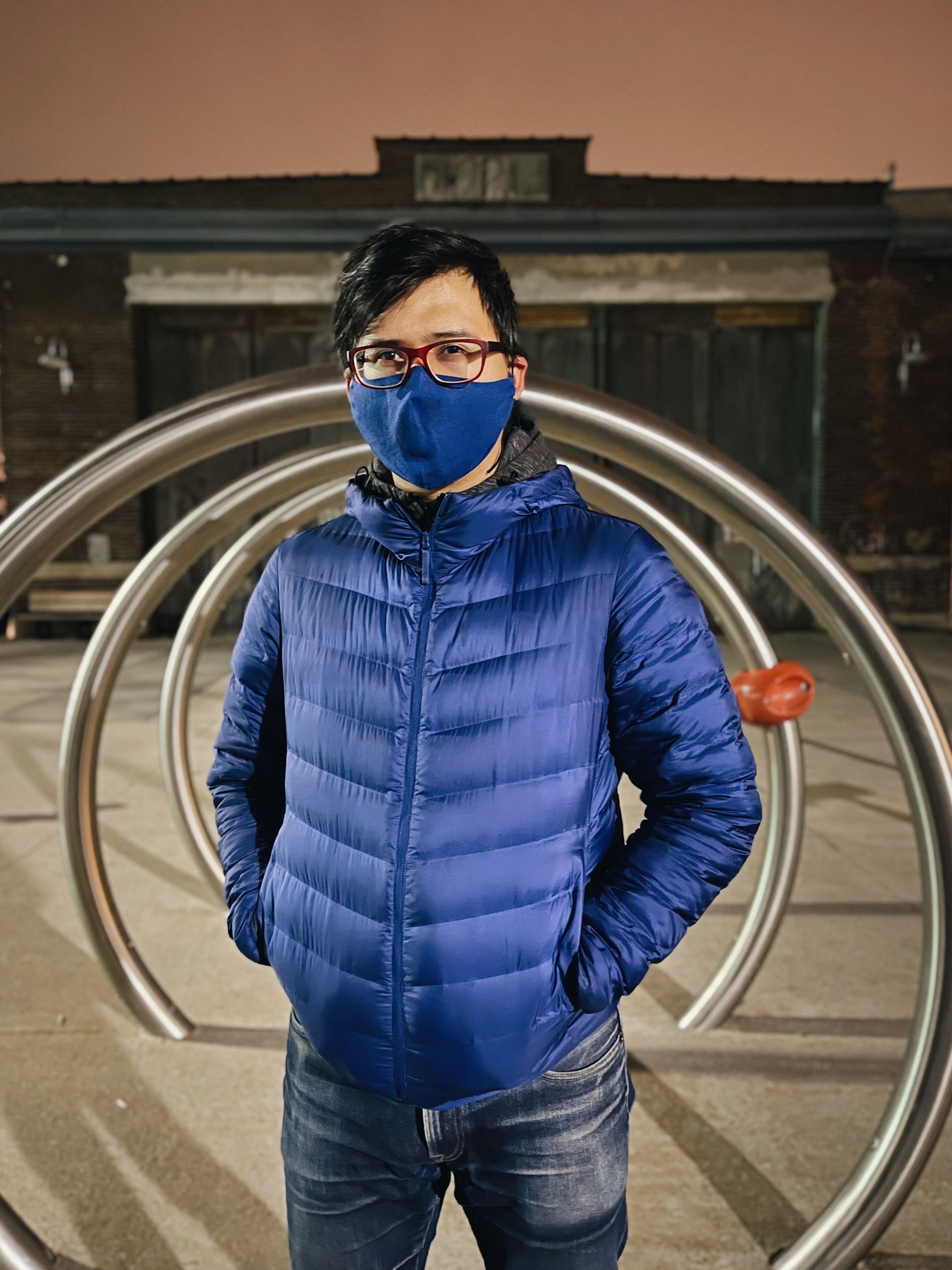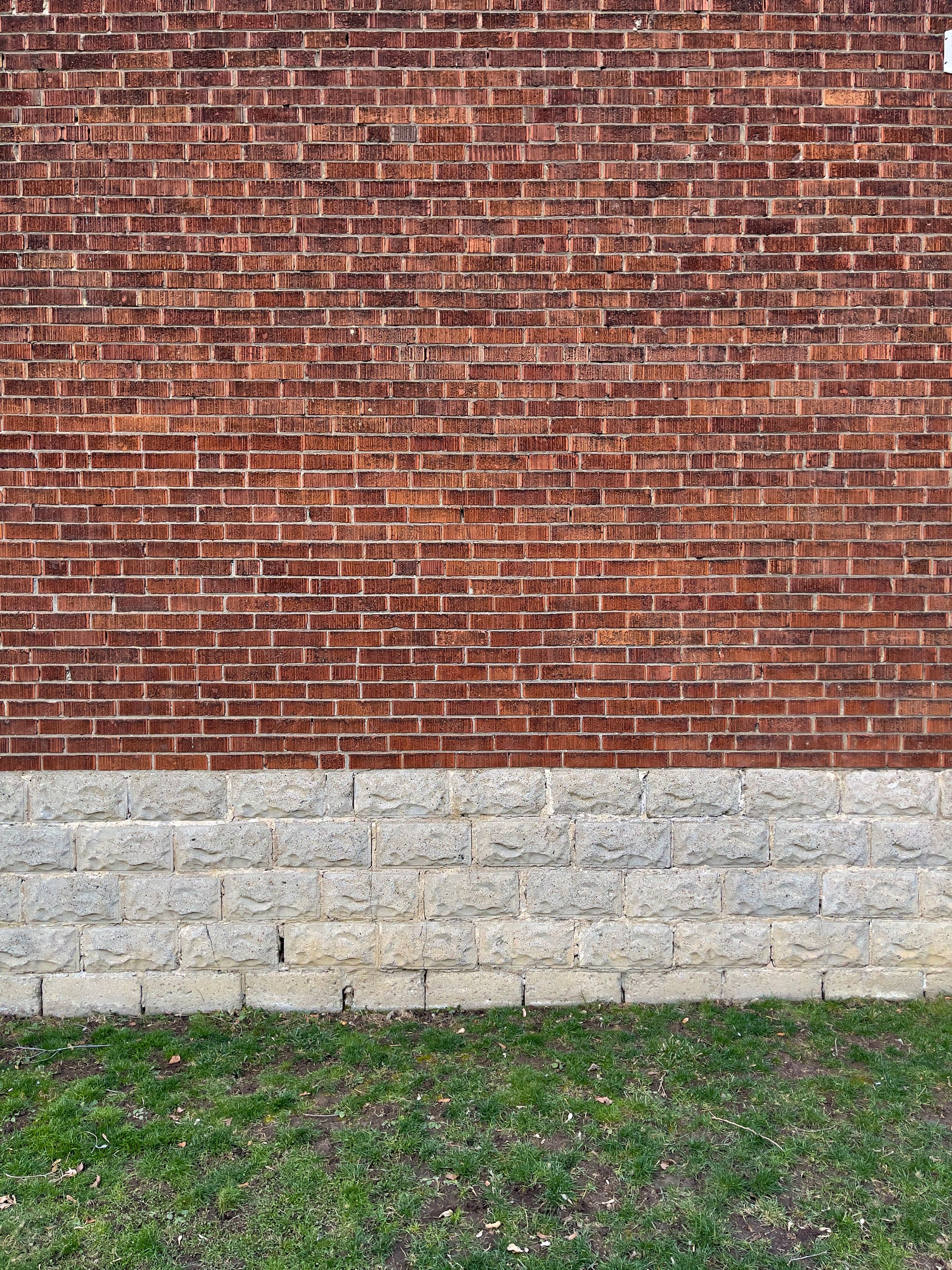I Returned My iPhone 12 Pro Max
It’s a lovely phone, but year-over-year upgrades aren’t worth it

No surprises here, but I wanted to write a few words about my time with the iPhone 12 Pro Max and why I decided it wasn’t an upgrade I needed to make.
For context, I’m coming from an iPhone 11, so of course it’s not worth upgrading, but I was curious about the new camera features and the experience of being back on a large OLED display.
Since the camera system is the differentiating factor that many are looking at when considering this size, I’ll discuss those aspects first.
The iPhone 12 Pro Max Camera System
The iPhone 12 Pro Max camera hardware differs from its normal-sized 12 Pro sibling in three ways:
- The main camera has a larger sensor
- That main camera sensor is stabilized using a different, superior approach borrowed from typical cameras (counteracting shake by moving the sensor instead of by moving the lens)
- The telephoto lens provides a more zoomed-in field of view, equivalent to about 62mm instead of 52mm in full-frame equivalent terms, but at the cost of less light gathering

Hardware Improvements: Larger Sensor, Better Stabilization
The main lens and sensor is always the best one, so let’s unpack what those differences amount to.
A larger sensor allows for more light to be gathered, which means the camera can use a higher shutter speed and lower ISO. In practical terms, that means that you can get sharper shots with less noise in lower light than you could with a normal 12 Pro, an iPhone 12, or any older generation of iPhone.
Think cleaner, less blurry shots of friends at a bar, kids in indoor environments, and twilight street or travel photography. The difference is less significant than the mathematical improvement statistics might lead you to believe, though.

Side by side, most people would be hard-pressed to see a difference between a shot taken under those conditions by an iPhone 12 Pro Max versus a 12 Pro. And in better light, the results are almost always indistinguishable even compared against the previous generation iPhone 11 models.
What’s more, there’s an under-appreciated metric where the Pro Max’s main camera is worse than its non-Pro counterpart: minimum focus distance. If you like shooting close ups, the iPhone 12 Pro can focus closer than the Pro Max can, allowing for more convincing pseudo-macro shots.
As for the stabilization, this is something I mainly felt in video shooting. iPhone video stabilization has always been remarkable for a device its size, and this generation provides steadier video that’s even more forgiving of poor technique. I’m genuinely impressed by how stable it feels without producing ugly warping artifacts. There is potential impact for photos as well. You’re likelier to get sharp shots in Night Mode thanks to the improved stabilization—but this isn’t always as noticeable.
A New Lens
Then there are the other lenses: telephoto and ultra-wide.
The telephoto lens is different on the Pro Max versus the standard iPhone 12 and 12 Pro, but I was let down by its performance. You need to give it lots of light to get good results, and even if you do there’s a mild lack of contrast that left me feeling hesitant to use it. It’s also worth mentioning that the darker maximum aperture of the Pro Max telephoto (compared to the normal Pro’s) puts you at a disadvantage when shooting in lower light, and the longer focal length makes it harder for stabilization to help you out. In effect, you’re less likely to get sharp shots in anything less than ideal light with the Pro Max’s telephoto lens.
That being said, if you do feed it plenty of light and use good technique, you can get great shots. Besides, I did appreciate having the extra reach on a phone—it feels like it opens interesting new opportunities for capturing scenes.

Oddly enough it’s the ultra-wide that felt improved, despite it being physically unchanged from last year’s model. Refreshed software corrections have eked out a bit more sharpness and, more importantly, dramatically reduced the appearance of nasty colour fringing in the outer extremes of the frame. This was a wonderful surprise and had me shooting with this lens even more than I usually do.
On phone cameras, hardware is only half of the equation—at best—so it’s worth talking about the software improvements too.

Software Improvements: SmartHDR 3 and Dolby Vision
SmartHDR has been updated in this generation, once again refining Apple’s attempts to intelligently blend multiple exposures every time you press the shutter. The idea is to overcome the inherent limitations of a tiny sensor by trying to take the best parts of each image and stitch them together into a composite that preserves details in the highlights and shadows. Beyond that, Apple applies subject-aware processing to further improve the look of faces and other recognizable things.
This year’s rendition is noticeably better, providing smoother gradations in the highlights and less fake-looking shadow areas…but I’m not sure I could reliably pick out results from iPhone 12 Pro Max photos compared to an equivalent shot from my iPhone 11 from this perspective. And I find that iPhone white balance still makes strange decisions more often than I’d like.

On the video front, we have Dolby Vision support for recording wide dynamic range HDR videos. The iPhone’s ability to produce stunning footage remains unmatched. While it tends to have a sharp, clean, “real” look to it rather than a cinematic one, that represents a better starting point for editing.
What I don’t like is that you’ll often see a strange flickering effect in your footage when the scene has a wide dynamic range, presumably as the iPhone attempts to balance out highlights and shadows in real time. It’s the kind of thing that might not bother you until someone points it out in your footage, and then you can’t unsee it.
ProRAW
Apple introduced ProRAW this year, a new format for capture exclusive to the 12 Pro phones that combines the best of their smart processing with the improved post-production leeway offered by raw files in general.
Conceptually, it’s perfect—everything I dreamed of. But I think the execution leaves something to be desired.
Maybe my hopes were too high, but I did some side-by-side shooting of ProRAW vs standard raw files from Halide II and the results were mixed. Specifically, the ProRAW files had significantly more shadow recovery range before noise showed up, but the Halide raws consistently retained more detail. Like a lot more.

In the end, I came to appreciate ProRAW not because the photos were sharper or cleaner than standard HEICs (they generally aren’t), but because I can adjust them more easily if I want to edit. This is likely the most reasonable trade-off for general users, but it seems to me that only advanced users are even going to bother with ProRAW, so it could have used a more pro-friendly tuning.
It may be a matter of the native implementation being weak; we’ll see the real power once third parties are able to apply their expertise to the new format. The folks at Halide and Moment, for instance, have released an update to their apps that I believe will extract the true potential of these files.
Even so, I don’t think there’s as much of a gap between raw and ProRAW—or iPhone 12 Pro Max and iPhone 12—to merit the extra money on its own.
Physical Characteristics
People tell me there’s more to a phone than its camera system, so let’s talk about everything else.
Pulling it out of its box, the iPhone 12 Pro Max feels imposingly large but is so beautifully machined that I wasn’t paying attention to that. Mine was silver/white, and while the materials have negative trade-offs in use, they certainly make a strong aesthetic impression.
The flat edges look better but feel worse, at least at the scale of the Pro Max. I didn’t expect this and was hoping they would help with grip to offset the size, but I didn’t feel that was the case. I suspect this has less to do with the squared edges themselves and more to do with the material choice. It turns out that stainless steel around a phablet is sharper and slipperier than aluminum around a phone.

I did miss having an OLED screen during this past year with my iPhone 11, but if I’m honest the only place I felt the difference was watching videos and gaming. That being said, I do enjoy watching a lot of YouTube on my phone and having the ability to play things in 4K HDR with inky blacks and rich colour was joyful. For reading, browsing, and other phone pursuits, though, I don’t think OLED has much of an advantage to offer. Unless you spend most of your time in true black dark modes—which I do not.
Back to the physical size, I expected this to be more troublesome than it actually was in practise. Setting aside the obvious pandemic impacts to my routine, the iPhone 12 Pro Max passes my pants test, which is to say I’m able to keep it in my regular front pants pocket while crouching down to put on shoes.
It sounds silly, but that was the most common context where previous Plus-sized phones bothered me with their size. Beyond that, I find I’m alright with the giant form factor. It’s not as effortless to carry, sure, but it makes using the phone better in every way: more comfortable typing, more content on screen, larger viewfinder for photo and video capture, and a larger canvas for content consumption.

I should mention that this is coming from the perspective of someone who almost never uses a phone one-handed. I can, even with this Pro Max, but I don’t want to. I prefer the security of a two-handed grip and am happy to wait on using my phone until I have both hands free to do so.
Subtle Details: RAM, Battery, and Connectivity
Before I wrap up, I wanted to cover three more tiny details that stood out.
The first is RAM. On my iPhone 11, I frequently switch back to an app to find that it has to refresh. It’s not a huge issue, but it creates moments of delay that don’t exist on the iPhone 12 Pro Max. The newer phone keeps things in active standby for longer, so switching between apps is more fluid.
Another noticeable improvement is battery life. The iPhone 11 has great battery life, but the 12 Pro Max still manages to feel like an upgrade. I was regularly charging it every other day, even with navigation, calls, and some gaming. It’s to be expected given the size, but any improvement to battery life is a welcome one in my eyes.
The last—and most unexpected—improvement was the cellular performance. I don’t mean 5G speeds, though; I mean basic signal strength and reliability. My understanding is that Apple changed cellular chipsets this year, and experiencing the new one made me realize how frustrating my iPhone 11 can sometimes be on this front.

Heading into a shallow underground garage, for example, my iPhone 11 loses signal while the 12 Pro Max managed to keep a bar or two. I don’t know that this is a transformative improvement, but it was a welcome surprise and gives me more confidence in the phone’s ability to stay connected in poor network conditions.
As for 5G, I live in a zone with coverage and can confidently say that, in my two weeks of testing, the biggest difference that 5G made to my phone experience was that the screen had a “5G” label in the corner instead of an “LTE” one.
Conclusion
I don’t meant to come off as negative; my impressions are just a validation of the obvious truth: upgrading your phone every year can only provide marginal gains. My usual cadence of skipping a year is the minimum threshold for feeling like I’m getting a proper upgrade.
If nothing else, this review has taught me that I should stick to that cadence and temper my expectations for what year-over-year upgrades can bring these days. Your mileage may vary, but I honestly doubt it. Of course, many folks don’t upgrade based on need, they buy the latest because they want it and are able to, and there’s no shame in that.

If you’re coming from anything older than an iPhone 11, I think you can find enough improvements to justify an upgrade to the 12 generation.
The 12 Pro Max is more complicated. I think it’s a phone that is only truly “worth it” for folks who know they like the larger size and who do enough shooting of action in low light to be able to feel the subtle improvements that the Max camera system brings over the normal 12 Pro.
As for me, I’m happy to wait and enjoy my iPhone 11 for another year. I don’t love it, but it doesn’t hold me back from getting nice photos.